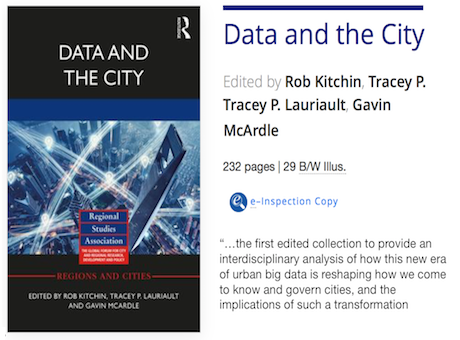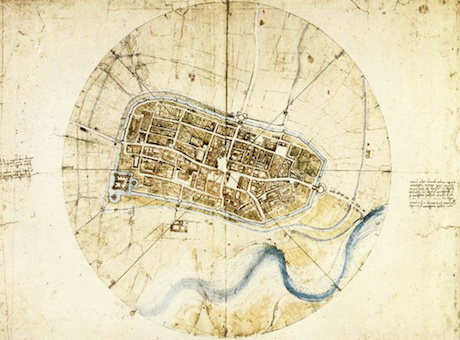2017 International Conference on GeoComputation: Celebrating 21 Years of GeoComputation 4-7 September at the University of Leeds
Stan Openshaw and his colleagues set up the first meeting 21 years ago in Leeds and it returns there for its coming of age. Some good papers will be presented but we have published some commentaries in Environment and Planning B: Urban Analytics and City Science on the state of the art in GeoComputataion, and you can get these by logging on here. All freely downloadable. Read the words of wisdom and incisive critique and commentary on GeoComputation from
Editorial: GeoComputation: Michael Batty
Commentaries: More bark than bytes? Reflections on 21+ years of GeoComputation: Richard Harris, David O’Sullivan, Mark Gahegan, Martin Charlton, Lex Comber, Paul Longley, Chris Brunsdon, Nick Malleson, Alison Heppenstall, Alex Singleton, Daniel Arribas-Bel and Andy Evans











